Dirt Deposits around Ceiling Diffusers
Smudging is more commonly known among First Nations as a ceremonial burning of one or more medicines gathered from the earth. In the world of HVAC, smudging is a term used to describe dirt being deposited on the ceiling around a supply diffuser, a common problem in all types of buildings.

The dirt deposited around a supply air outlet is often thought to be caused by dirty supply air. While it is possible for particulate within the supply air to cause this, it is more often the result of secondary room air being drawn and induced into the primary air stream along the ceiling, as shown in Figure 1.
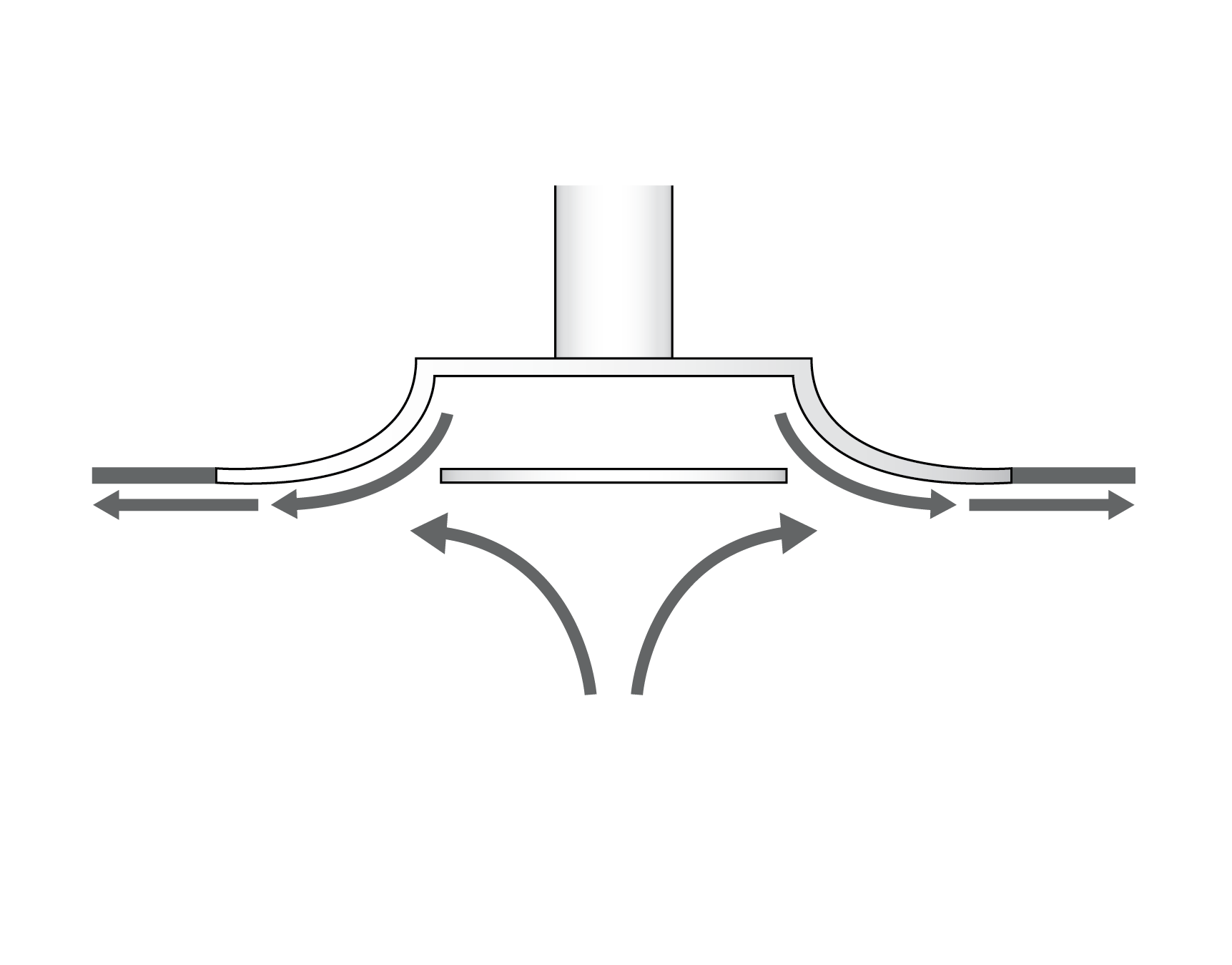
Figure 1 - Secondary room air being drawn into primary airflow
Dirt is deposited on the ceiling by the interaction of high velocity supply air from the ceiling mounted air outlet with the entrainment of the air within the space. If there is no dirt present in the supply air or the space the diffuser should remain clean. However, spaces like hallways, entrances, lobbies, and other high traffic locations typically will have some dirt accumulate in the space throughout the day.
Diffuser Selection
Selecting the right diffuser will help to reduce the amount and appearance of smudging.
A typical round ceiling diffuser application is shown in Figure 2. Due to the shape of the outer cone at the ceiling, the supply air leaves the diffuser with a looping effect, projecting the air downward and then back onto the ceiling. This results in the formation of a low pressure or eddy area adjacent to the edge of the diffuser as shown in the diagram. This eddy area of dirt laden air deposits the dirt on the ceiling and results in an area of dirt concentration on the ceiling which can be several inches wide. Additional smudging can typically occur on the ceiling further away from the diffuser in the form of a graying effect.

Figure 2 - Round Ceiling Diffuser
Another popular diffuser type is a square or rectangular model with modular core or perforated face (Figure 3).
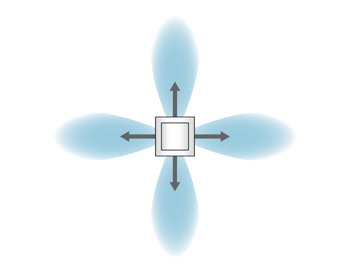
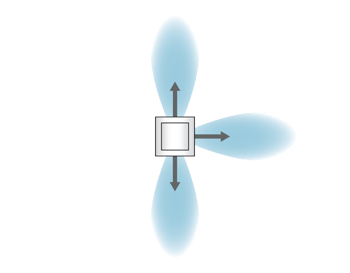
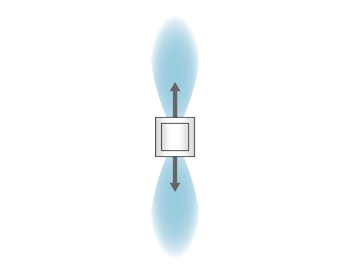

Figure 3 - Directional Air Pattern; 4-way, 3-way, 2-way, and 1-way airflow pattern from square diffuser with modular core
In this case, dirt can build up along the boundary of the air jets with the highest concentration of dirt near the diffuser face (Figure 4).

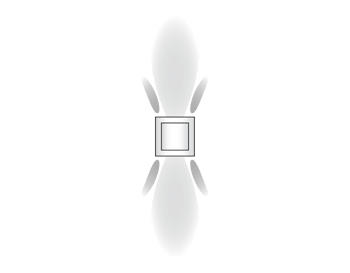
Figure 4 - Directional Air Pattern Smudging
Alternatively, the design and supply air pattern of a square plaque type diffuser with a 360 degree air pattern (Figures 5 & 6) eliminates the eddy or low pressure area, providing airflow without the concentrated graying area characteristic of other ceiling diffusers. 
Figure 5 - Square Plaque Diffuser Smudging
Any dirt build up with this type of diffuser is spread out over a wide area around the diffuser and results in a graying effect on the ceiling. Slot type diffusers, light troffer diffusers and others which provide a tight air pattern on the ceiling have the same effect on smudging as the square type diffusers.
Figure 6 - Smoke Test of Square Plaque Diffuser.
Ceiling Surface
A rough or textured ceiling surface tends to concentrate the dirt particles, accentuating the appearance of dark areas around the air outlet.
Where a rough or textured ceiling surface exists due to the architectural treatment, special attention should be given to these areas if smudging is going to be a problem. Such areas may be provided with a special ceiling module for the diffusers which can be easily cleaned.
Housekeeping
Dirt build-up around diffusers can be significantly reduced by controlling the sources of dirt.
Clean supply air can be provided with adequate supply air filtration and regular filter maintenance. The ductwork system should be protected during construction to prevent any accumulation of dirt in the ducts.
Regular cleaning of floors and other surfaces in the room where the outlet is located will drastically reduce the amount of dirt within the space. However, certain areas within a building are difficult to maintain dirt-free. Areas where high traffic rates result in a large dirt carry-over from the outside and may require special attention to reduce the overall effect of smudging around the diffusers.
Summary
- Use ceiling air diffusers that are less susceptible to localized high velocities to minimize the smudging on the ceiling, such as square plaque diffusers.
- Maintain a high level of housekeeping in problem areas.
- Use ceiling air diffusers with smooth surfaces which can be easily cleaned and maintain a regular cleaning schedule.
- Avoid use of rough or textured ceiling surfaces in problem areas as they accentuate the smudging effect and appearance.
To learn more about GRD products, please contact grd@priceindustries.com.



